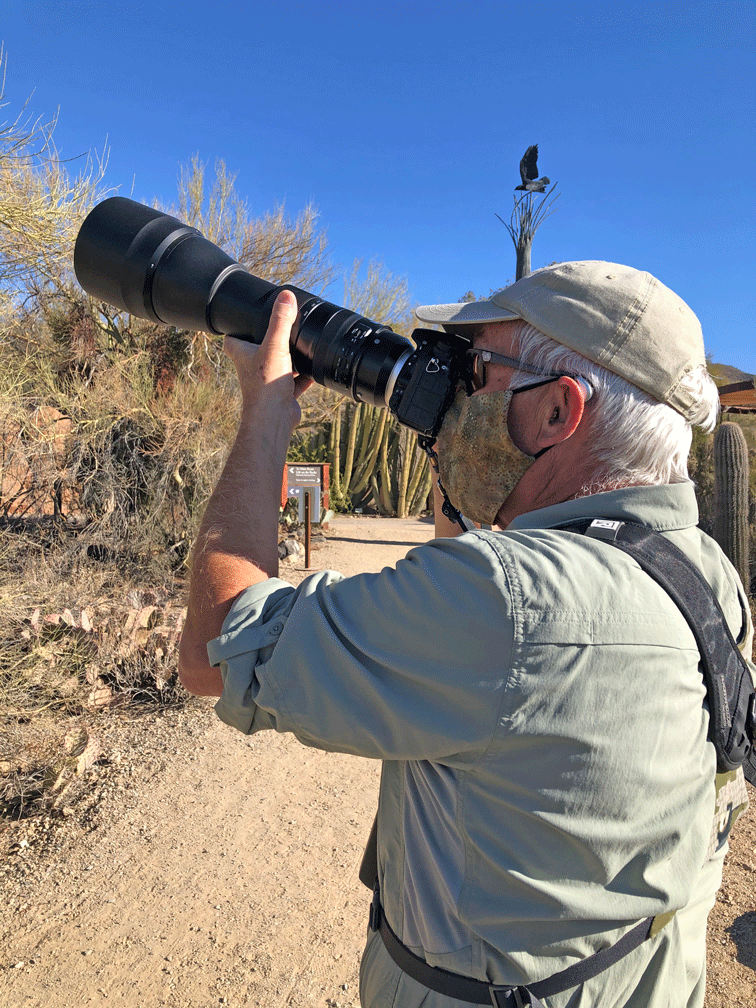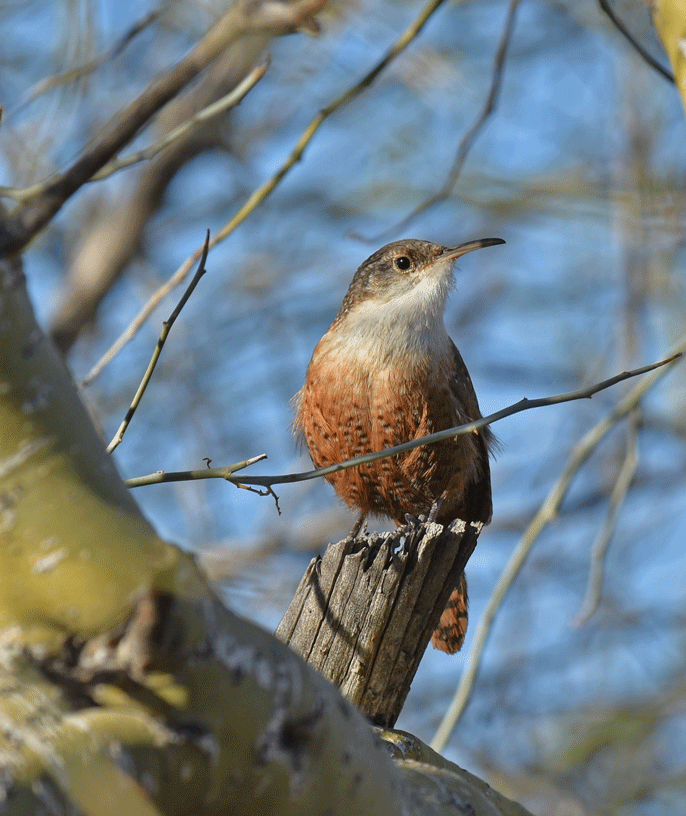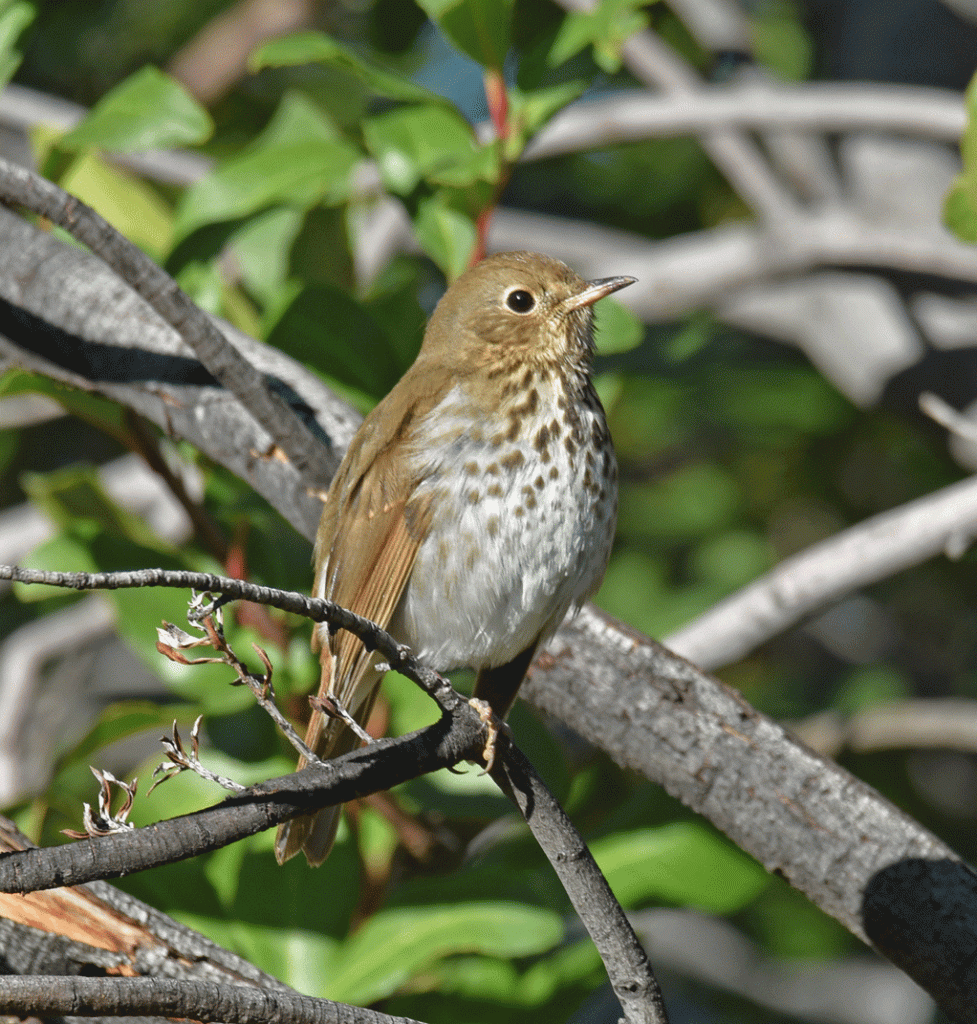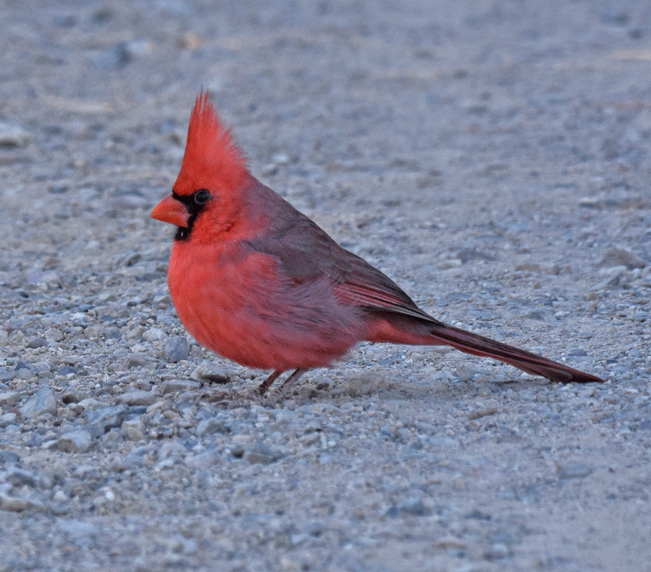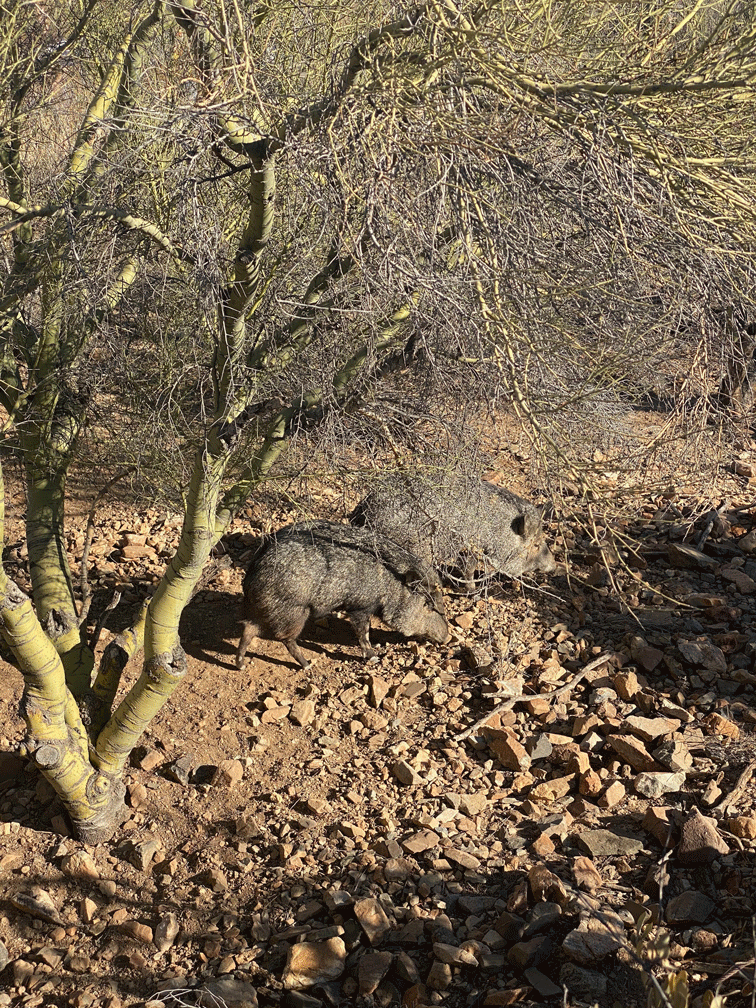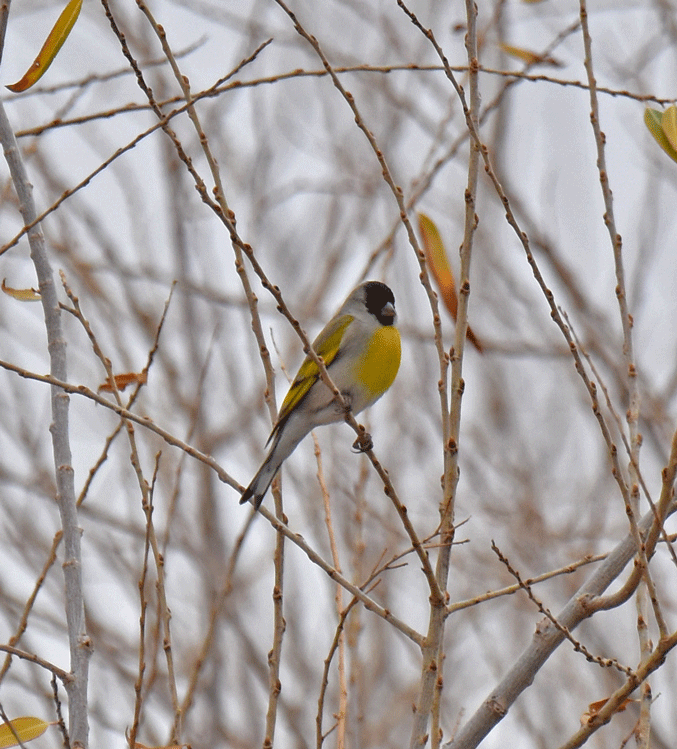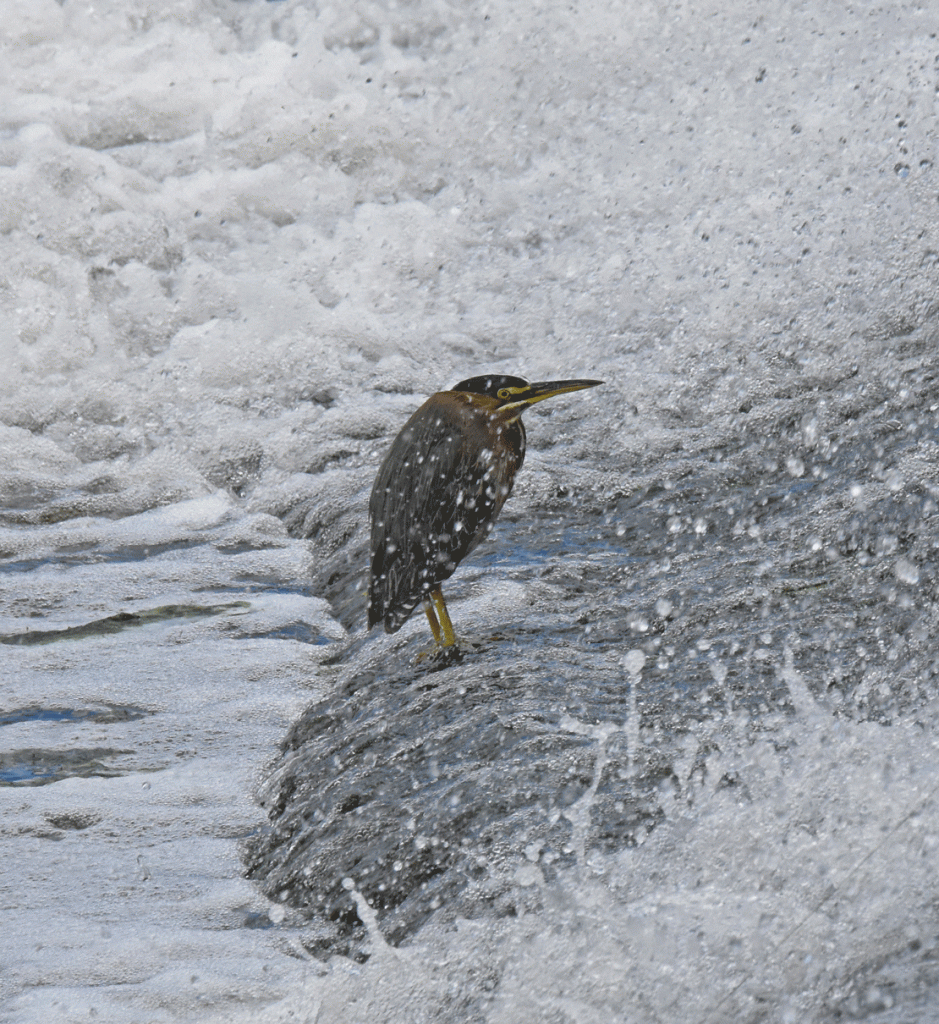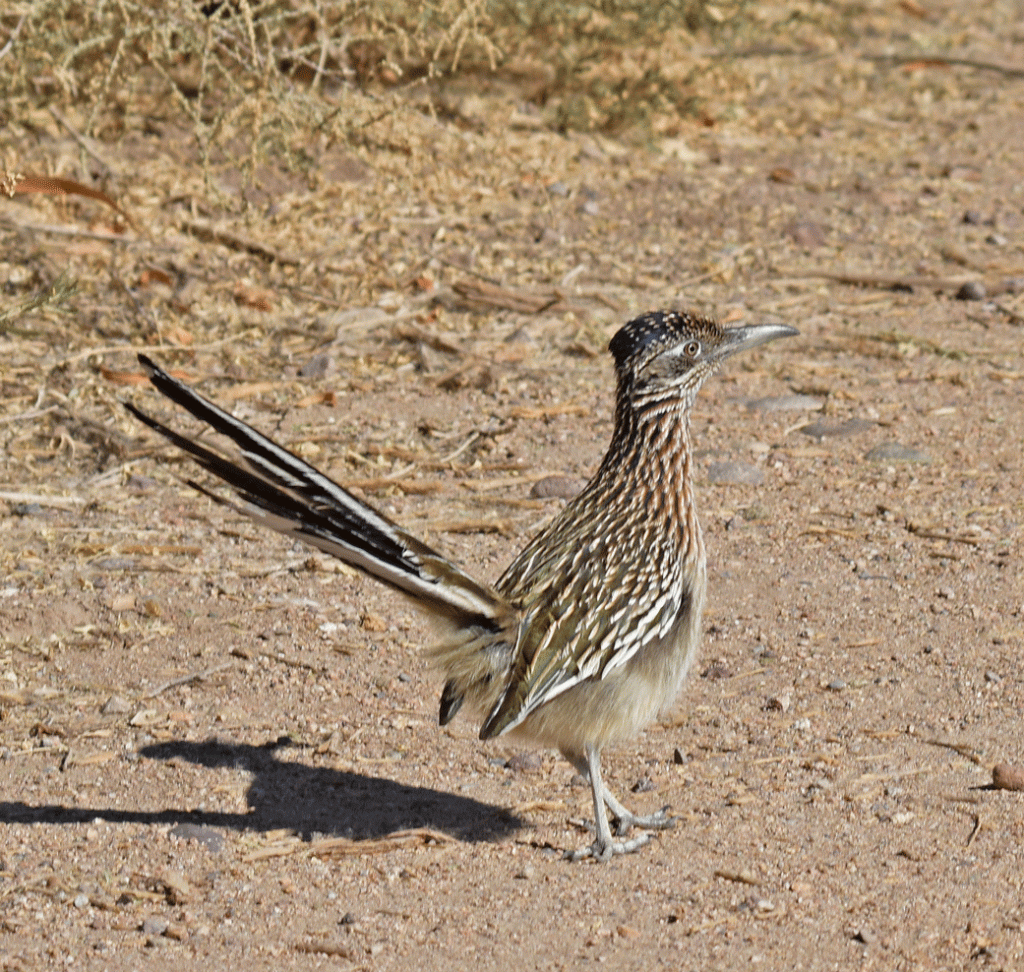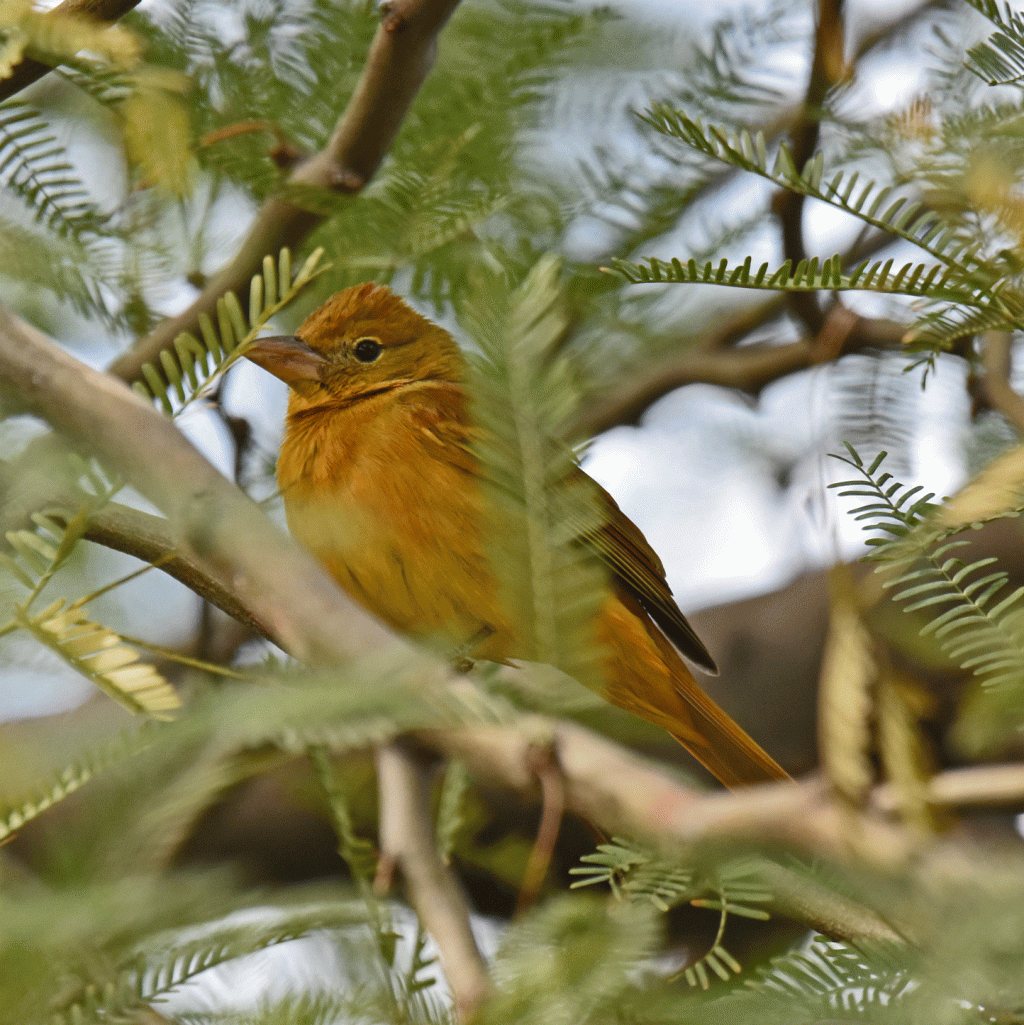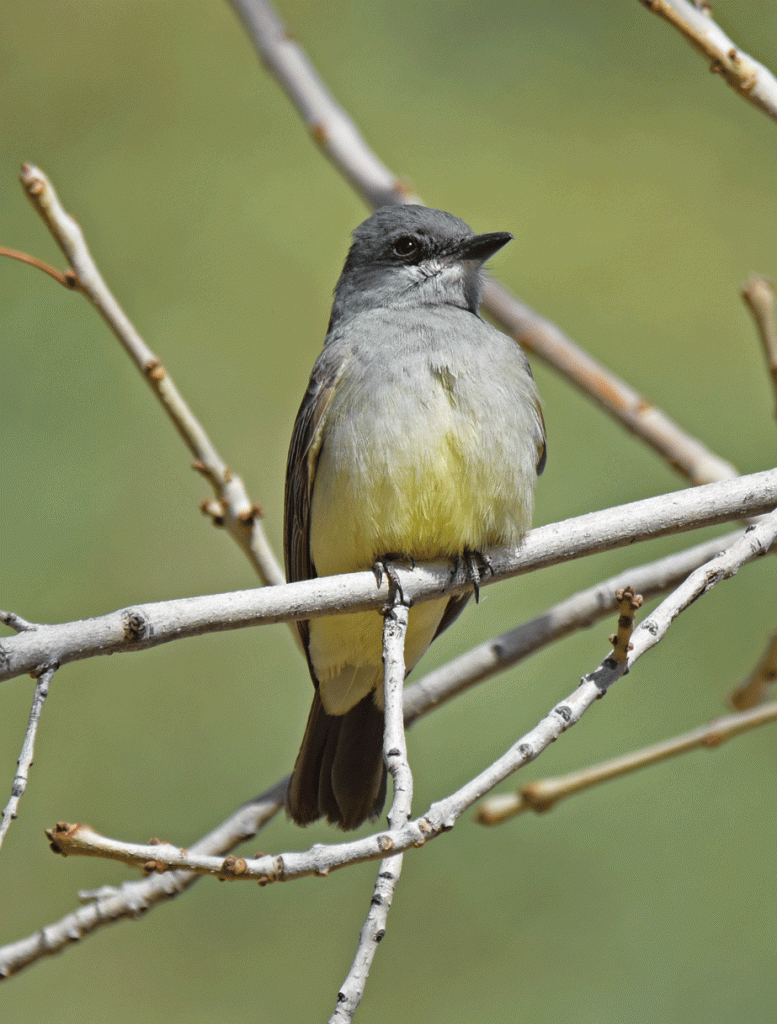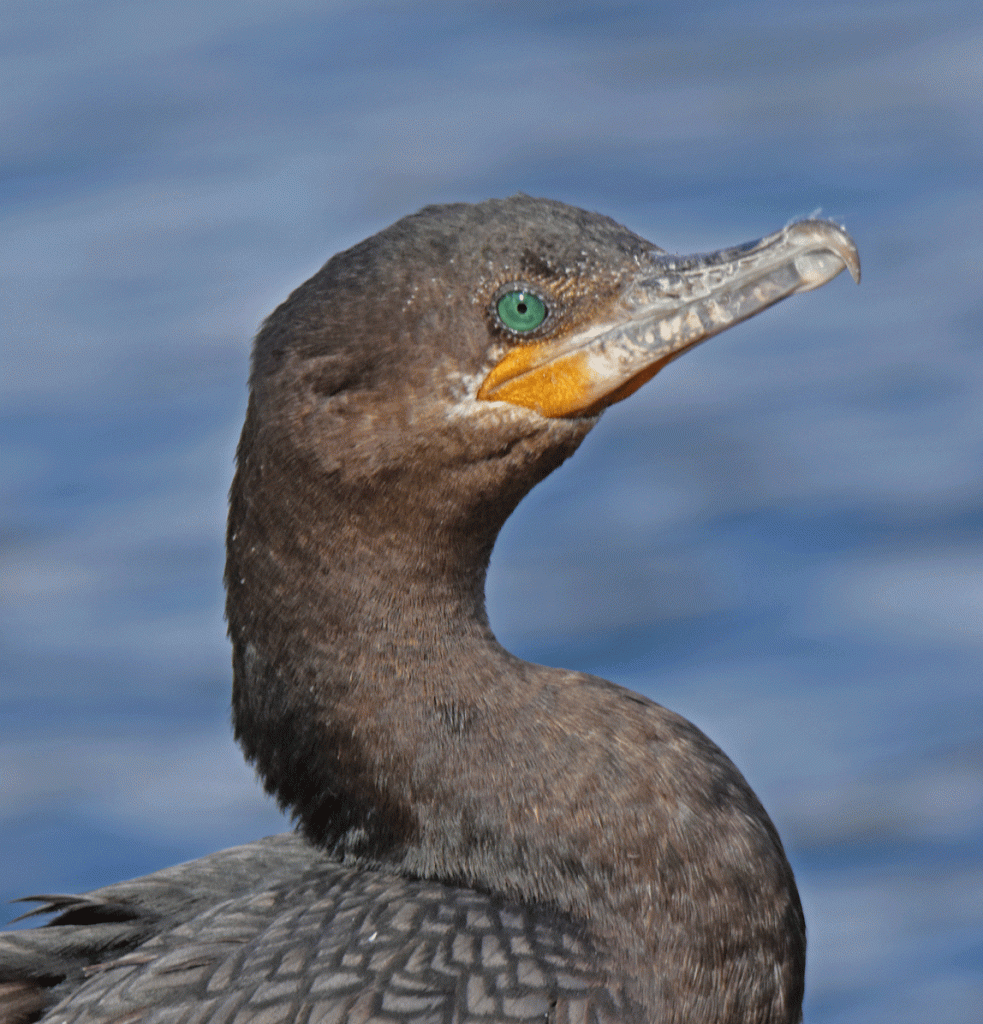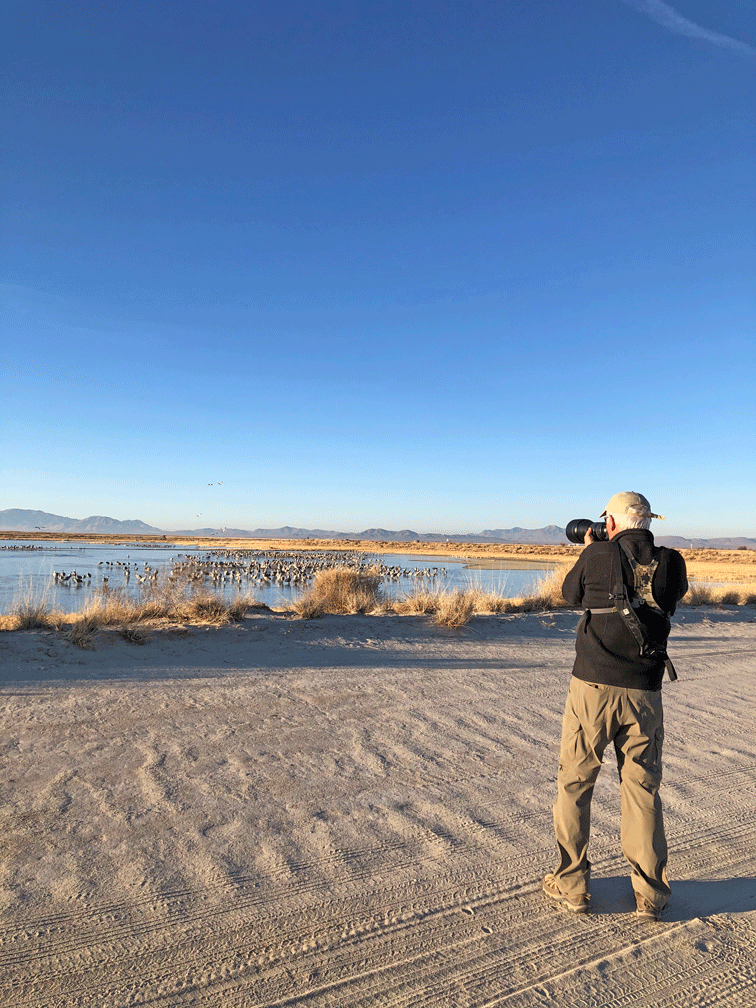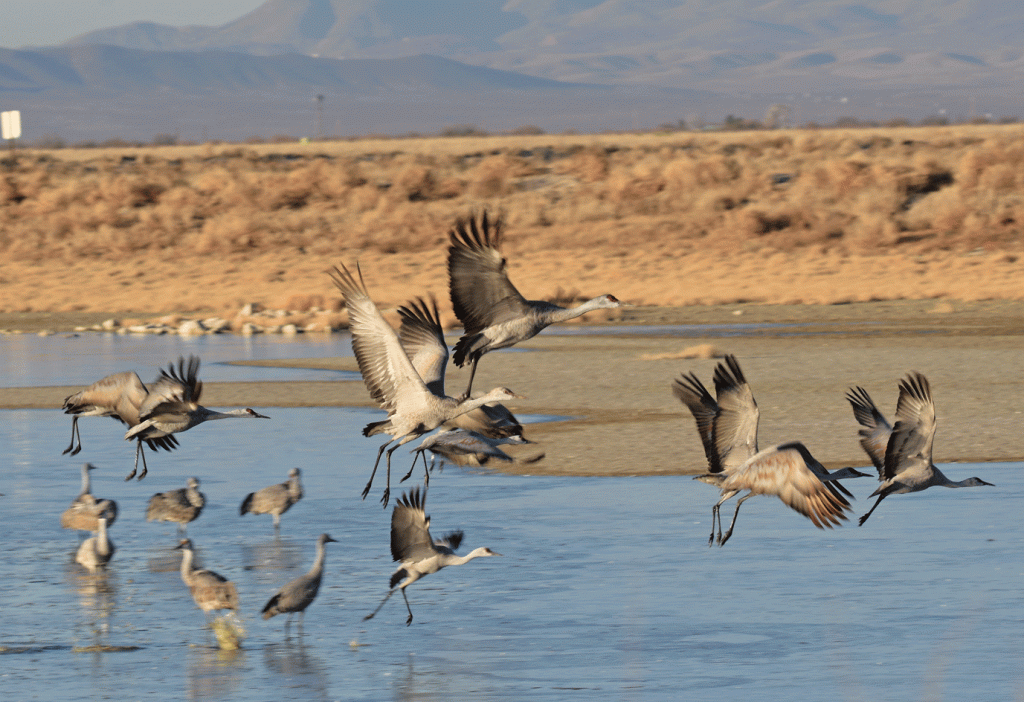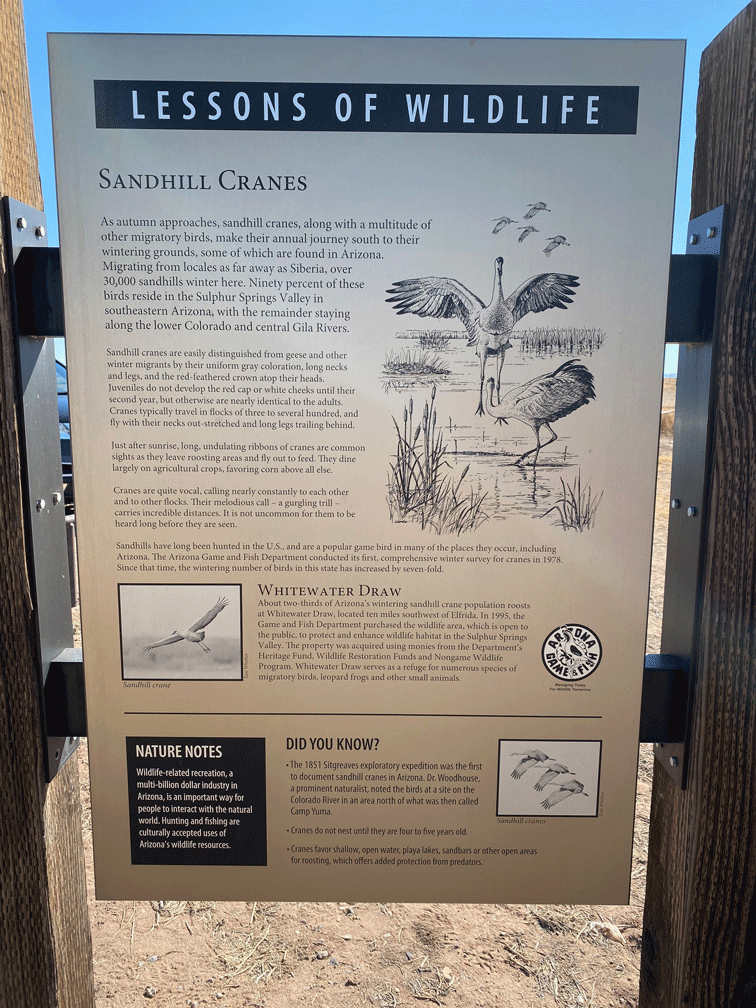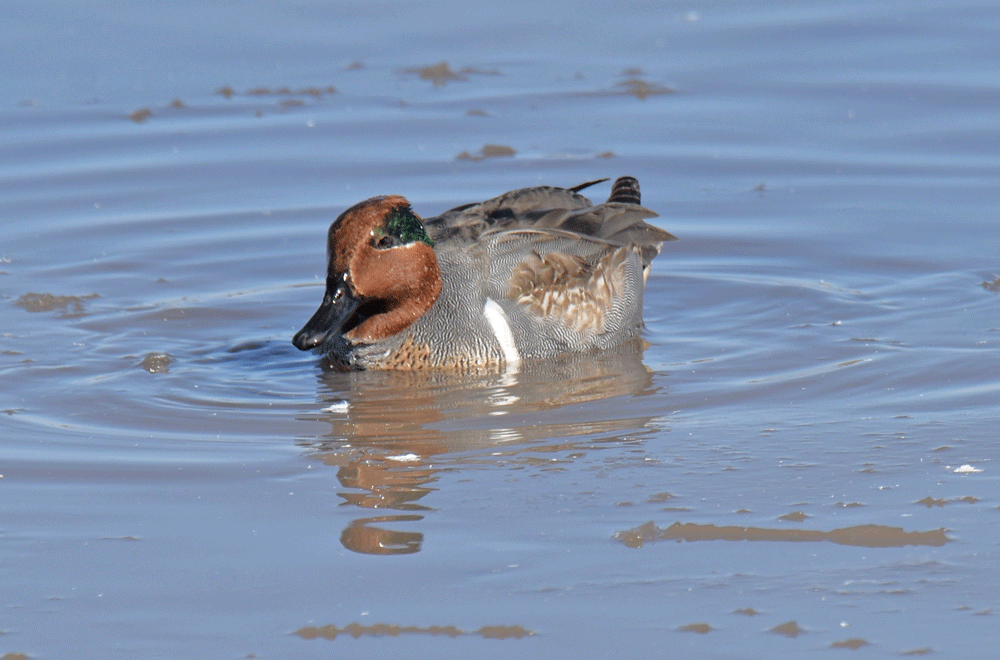Happy New Year. We’re enjoying our time here in Arizona. This blog will focus on hiking and biking and part 2 will be about birding.
A few days after Christmas, we walked right from our door to the top of Panther Peak. It took us a couple of hours get to the top. Here’s a view looking east towards Tucson, from just below the summit.

Here’s a view of Panther Peak, taken on the way down.

The next big hike was to Wasson, the peak just south of our place. It is possible to walk right from our door, but we chose to make the short drive to the trailhead. The last time we climbed Wasson, we approached it from the other side. This time we hiked up the Sendero Esperanza.
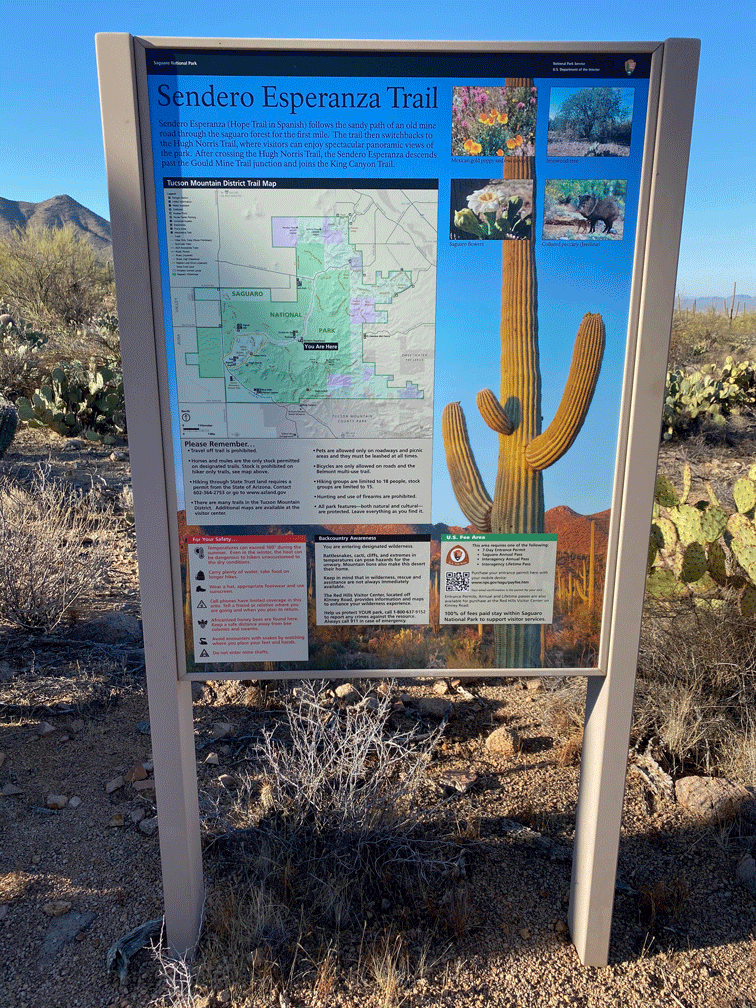
The hike starts off on the flats, following an old mine road towards the ridge.
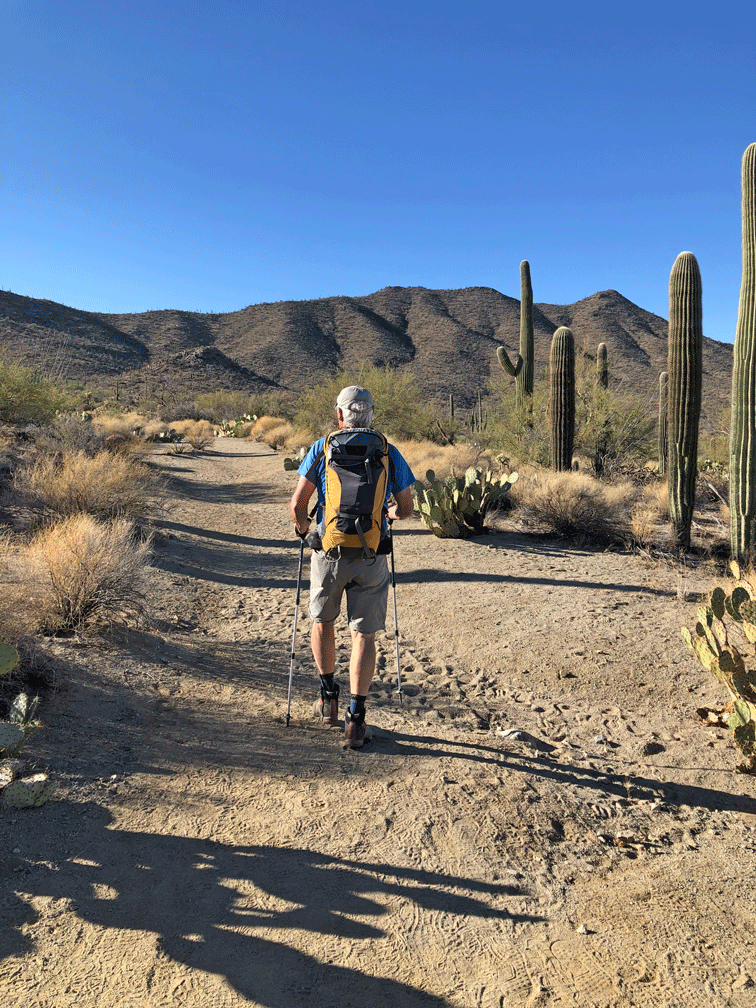
Up on the ridge, we joined the Hugh Norris trail to the summit. Here’s a view of the trail along the ridge.
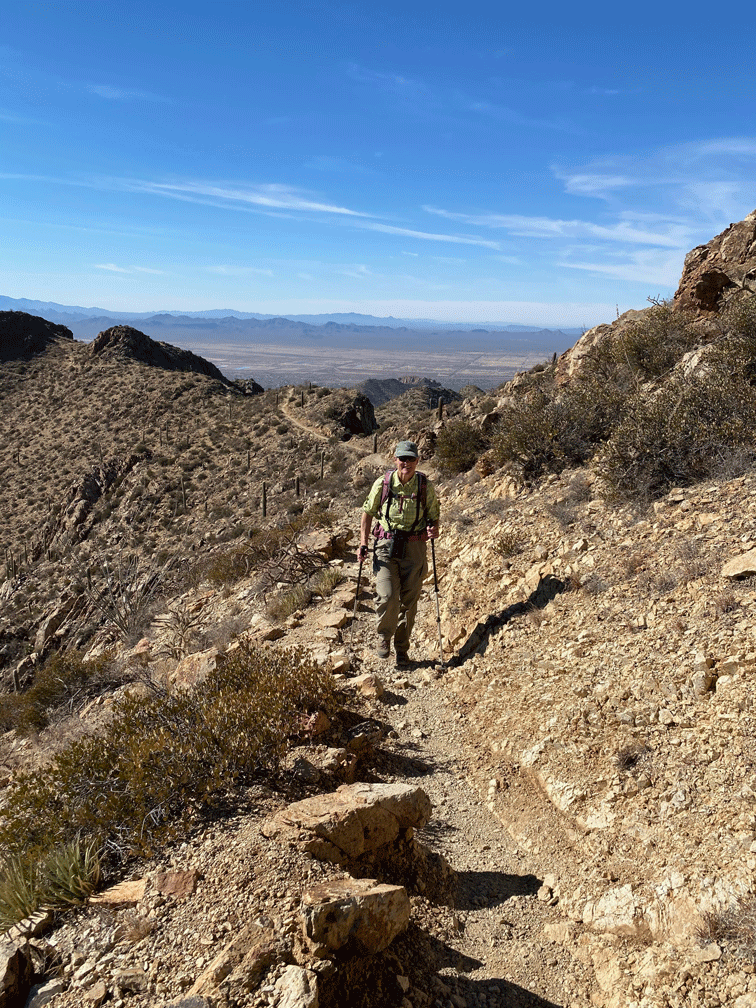
Whenever we approached other hikers, we popped our masks on, as did the few people we met.

Another day, we hiked in the Tortolita mountains. We started in the wash and hiked up to the Wild Mustang ridge. The trail to the ridge skirted these impressive boulders.

Here’s a view looking southeast. If you had a high powered telescope and the inclination, you could probably look across the valley to see the houses near our place.

We stepped off the trail to this great lunch spot on water smoothed granite.
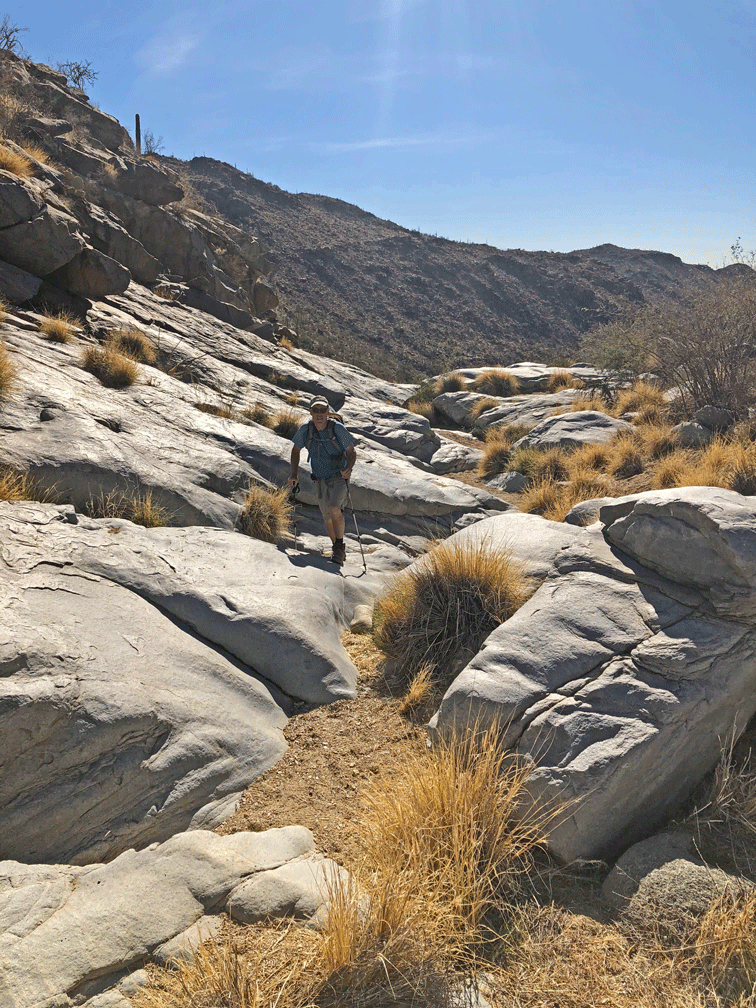
Those were the three “big days” of hiking. We also did several shorter hikes, mostly within a 20 minute drive.
This trail in the Sweetwater Preserve is called Rollercoaster, but it’s much gentler than the Rollercoaster trail in the Cranbrook Community Forest. Bikes are allowed on these trails and there are parts like this one, that we think are fine for riding, but they tend to lead to rocky, unappealing sections.

Another local hike is in Saguaro National Park. Ten minutes to the trailhead, then an hour and a half hike. This time we took the Ringtail trail to Picture Rocks trail to Box canyon trail to make a loop.

We did a lot of mountain biking at the Tortolita Preserve. We had a memorable ride on Christmas Day, especially since it was a replacement for the skiing that we used to do that day.
Here are a few pictures of the trails, taken on different days.
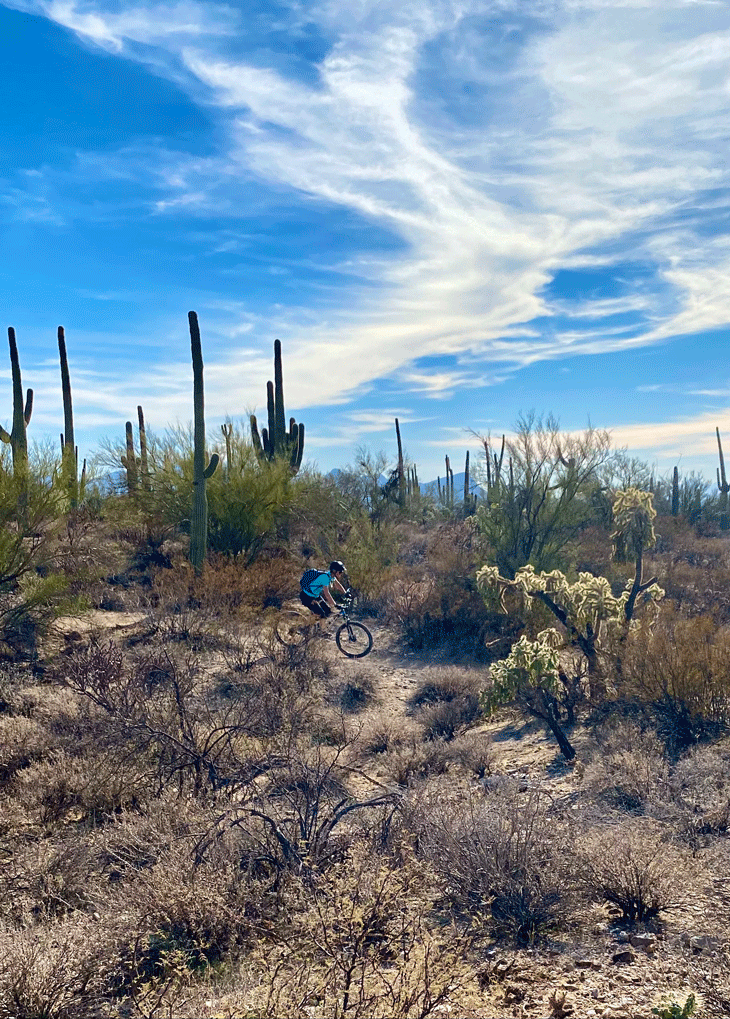
Here’s one of Wendy making her way up out of a gentle wash.

This part is called the “Palo Verde Tunnel”.

The signpost called this, “Old Timer Ironwood.” Ironwood trees can grow to be 150 years old. Their wood is so hard because of all the minerals in it.
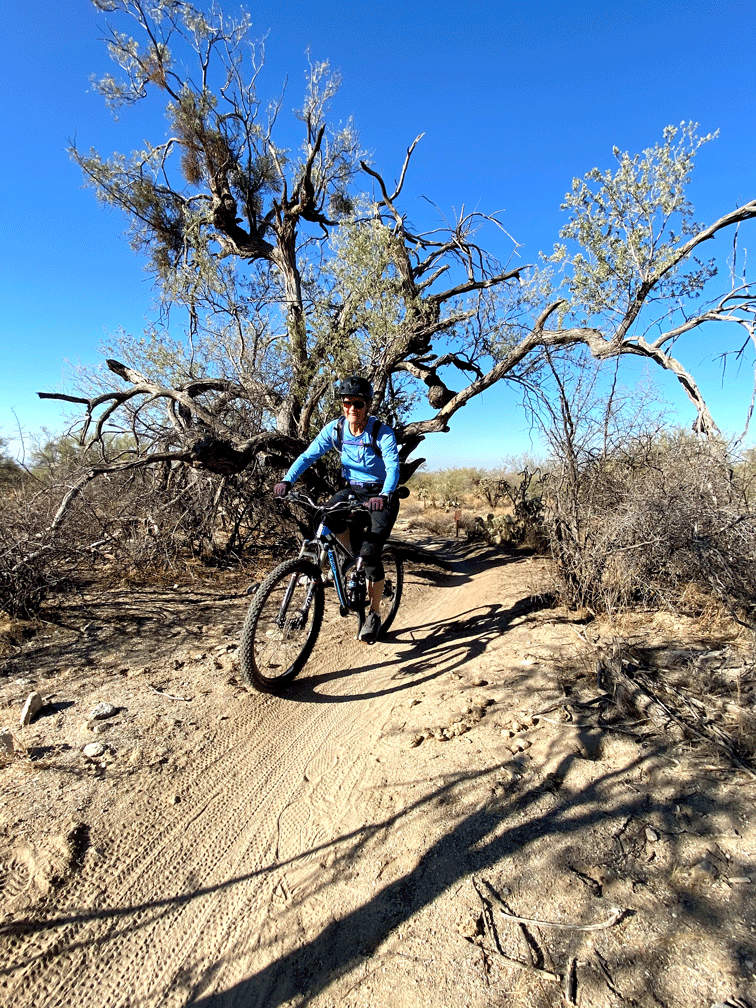
We also rode at Honeybee Canyon a couple of times. This “pile of rocks” was our turn-around spot this day. It made it a two hour ride of just over 20 kilometres.
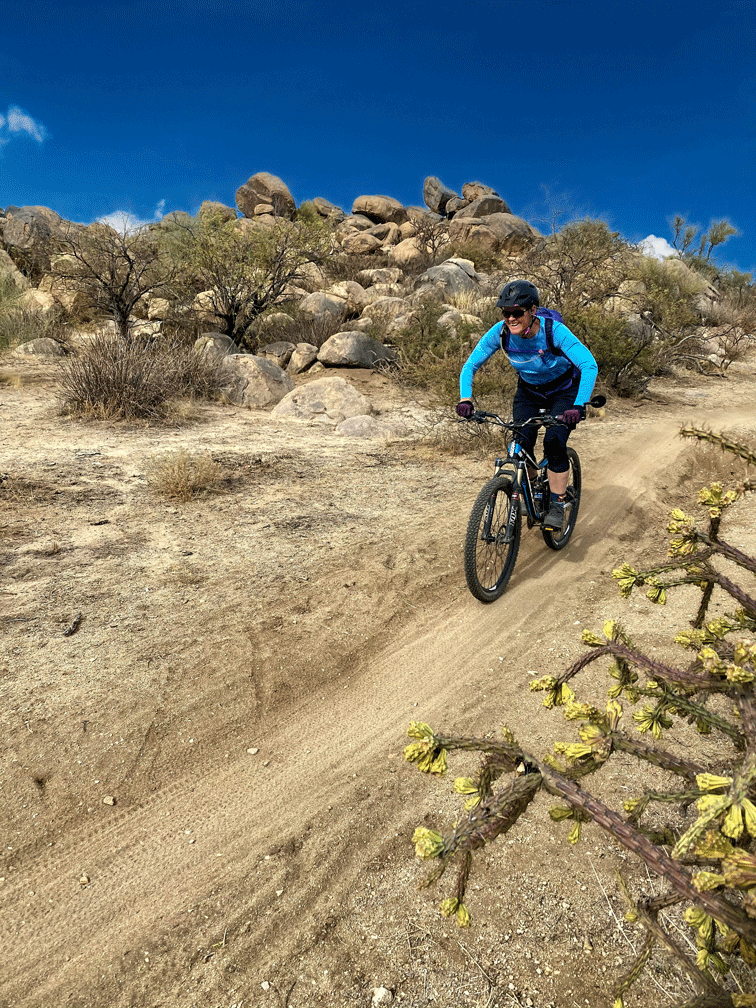
Doug loves taking photos with the rocks as background. This is a different pile of “exfoliating granite boulders.” This weathering produces good sand for the trail riding.

Here’s some photos from our place. When there are scattered clouds, it makes for a great sunrise.
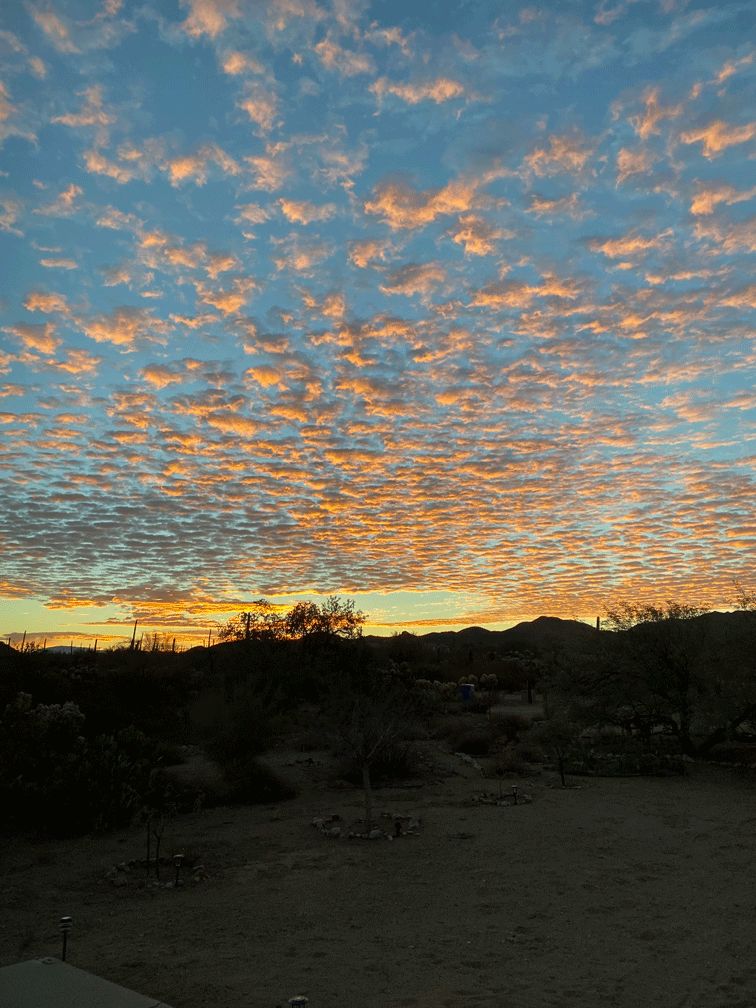
And the clouds improve the sunset as well. Both photos are from our patio.
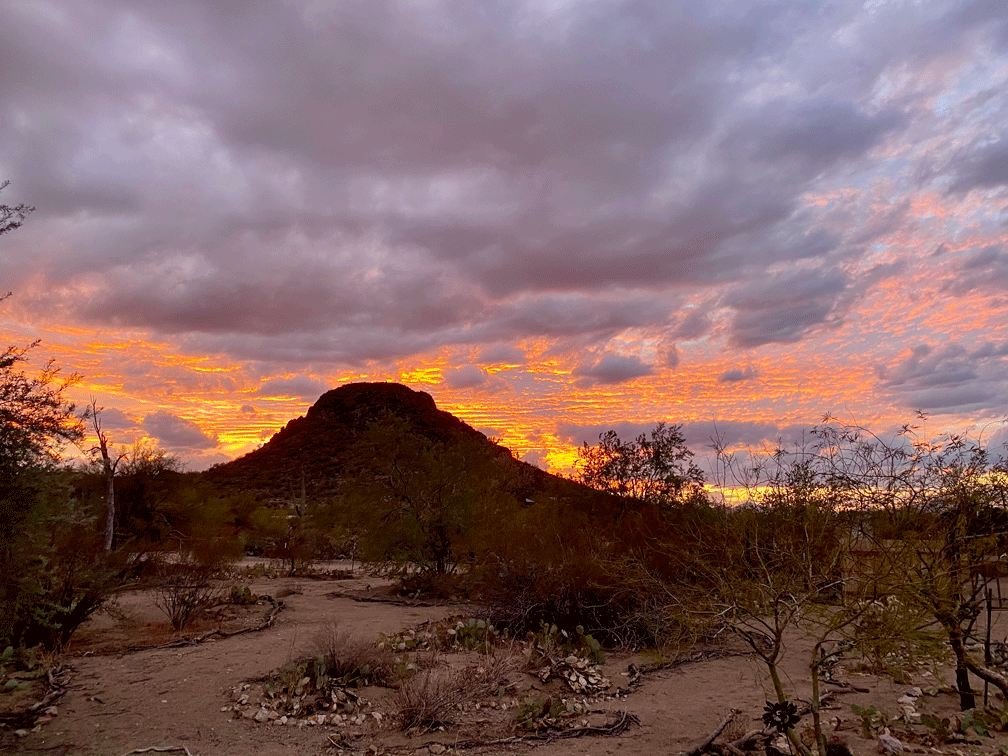
Here’s what the Redwood and our patio look like in the sunshine.

It’s a big event when rain is in the forecast. Most of Arizona is in a severe drought this year. Here’s a view from the Desert Museum of a thunderstorm developing. We made it home before the rain hit.
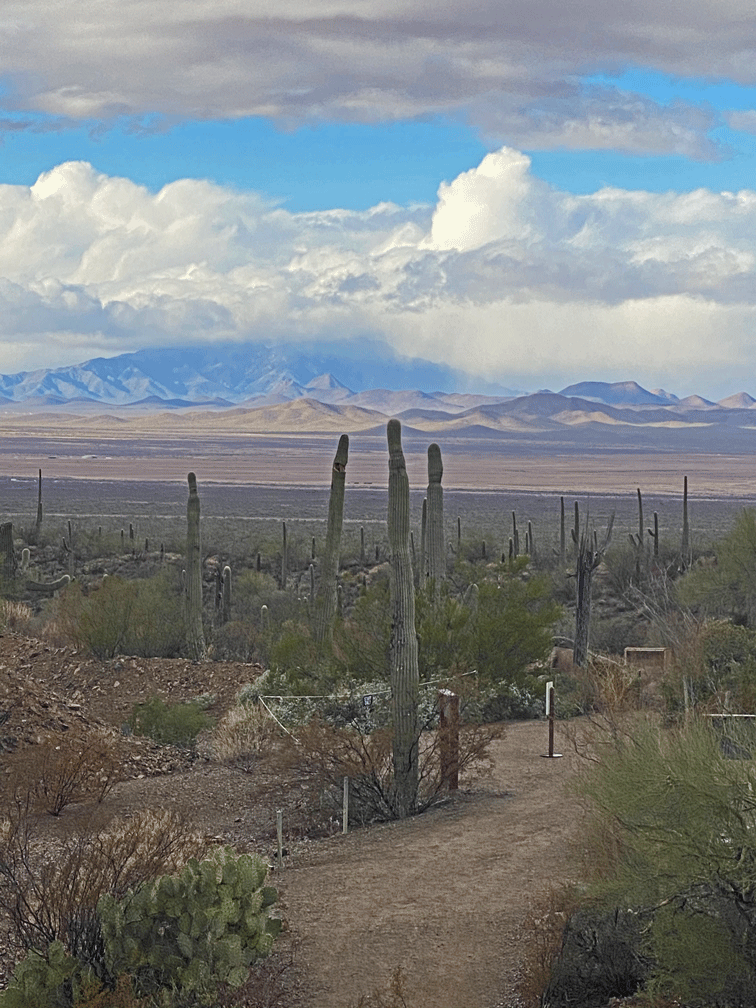
We actually had a day or two when it rained most of the day. Here’s that view, from inside of course.
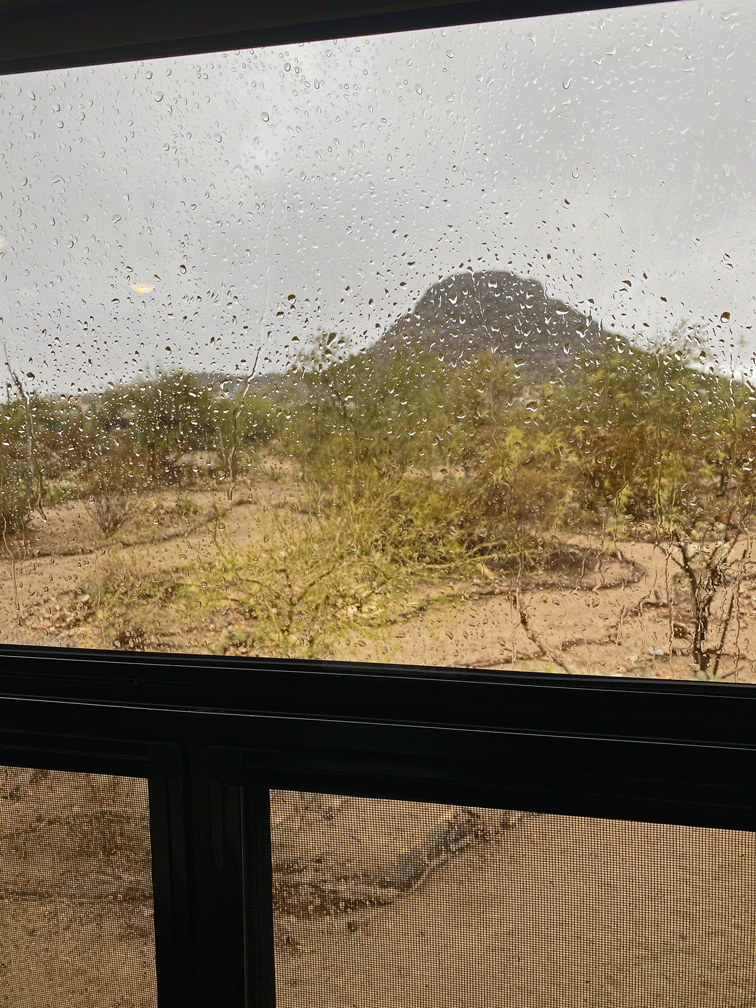
And one night the snow level was quite low. This is a view of Wasson Peak from our yard, the next morning.

Wendy used her inside time to advantage and finished this small art quilt. It’s about 11 by 19 inches (28 by 49 cm). She started it at a workshop in Sisters, OR in the summer of 2019. She used a variety of fabrics and different techniques including narrow insets, appliqué, hand-quilting and free motion quilting.

Have a look at January in Arizona – Part 2 for details of our birding adventures.



